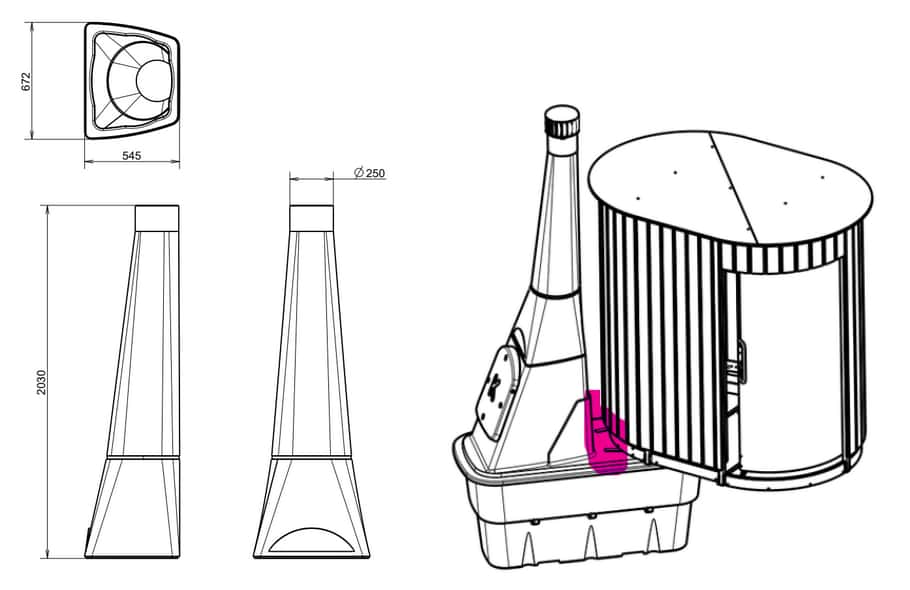
Kazuba news – January 2025
Kazuba have announced a series of upgrades and new options for their highly successful range of semi-public off-grid, waterless toilets, that are serving thousands of

Hi, I’m Martin – the WooWoo technical ‘guru’! I’ve written this article help you make the right choice of solar panel size and battery capacity to run a 12v fan that’s connected to a waterless or composting toilet. I’ll discuss how to work out how much power your fan is consuming and then help you match that to an appropriate battery and solar panel. I’ll also cover where to locate your solar panel and how best to compensate for situations where the position of the panel isn’t optimal.
I’ll be covering the 12v ventilation fans that are potentially used in the Air Head, Separett Tiny, Separett Villa, WooWoo GT and GT LUX (when run from a 12v source).
To keep things as simple as possible, I won’t talk about fans that need 230V AC mains or any additional power requirements you might have, such as lighting and USB chargers.
The main difference between compost toilet fans and other electrical things like light bulbs, is that the fan tends to be running constantly – 24-hours a day, 7 days a week.
In some ways, it makes it easier to do the calculations because you know it’s on all the time, whereas a bulb is on for a variable amount of time (perhaps longer in the winter when the nights are longer).
If you need to have an your system working all year round, then you’ll have to be aware of the seasonal differences for solar panels and how that affects how much power they can generate. It is perhaps stating the obvious, but it does need to be said, that solar panels generate electricity from sunlight, therefore, on an overcast day, they will still work but may only be producing a fraction of their stated maximum: less light = less power generated.

Late Autumn, Winter and early Spring are the most difficult times for generating electricity with solar panels because they bring shorter daylight hours, a greater chance of cloud cover, and low (weaker) sun angles, all of which contribute to greatly reducing the power generating capability of a given solar panel. To compensate for this, you may have to double or triple the solar panel size (compared to what you might need for just summer use).
Seasonal differences also mean having to consider the impact of the wider environment – the tree in winter may have no leaves (and therefore let light through), but will it shade the panel in summer when it’s in full bloom? The shadow from a building may not shade a solar panel in the summer, but in winter, the sun is lower on the horizon, so will it get too much shade?
As we’re dealing with 12v DC (Direct Current) devices, you’ll need a basic understanding of some of the units of measurement that are relevant. Working out how much power your toilet fan will consume is a crucial first step in ensuring your energy generation is matched to your energy consumption.
The voltage is a measurement of the potential power or force of the electricity. Higher voltages have greater potential (such as the 110V or 230V mains electricity in your home). However, most off-grid systems are 12v as they have a lower cost to implement (you usually don’t need a qualified electrician) and are safer in that they present a lower risk of shock.
Generally, we describe electrical fans in terms of watts, which is measure of the energy consumption of a ‘thing’ – in this case the fan. Amps are another measurement, specifically of the flow of the electrical current. There is a direct relationship between voltage, watts and amps – in that watts = amps x volts – so as long as you know two of the values (and we’re working with 12v here, so that’s a common value), you can work out the other.
Don’t worry too much about understanding watts and amps, just that it’s important to know either the watts or the amps rating on the fan in your waterless toilet so we can work out the ideal solar panel and battery size.
First of all, we need to work out the daily power or energy requirement for your compost toilet fan. To help you, here’s a list of our popular models, along with the power that the fans consume at a given point in time. If yours isn’t on the list, it’s usually printed on the fan itself, or you can find information from online search engines or from the manufacturer.
Because they run 24 hours a day, you take the power requirement in watts and multiply this by 24 (the hours in a day) and you get a daily power requirement in watt hours as follows.
These figures have been rounded up to the nearest whole number for simplicity
Solar panels are sold based on their maximum output, measured in watts. However, this assumes that the panel is new and operating at 100% efficiency (pointed directly at the sun, no cloud cover, no shading or shadows etc), which is rarely the case, even on a sunny day!
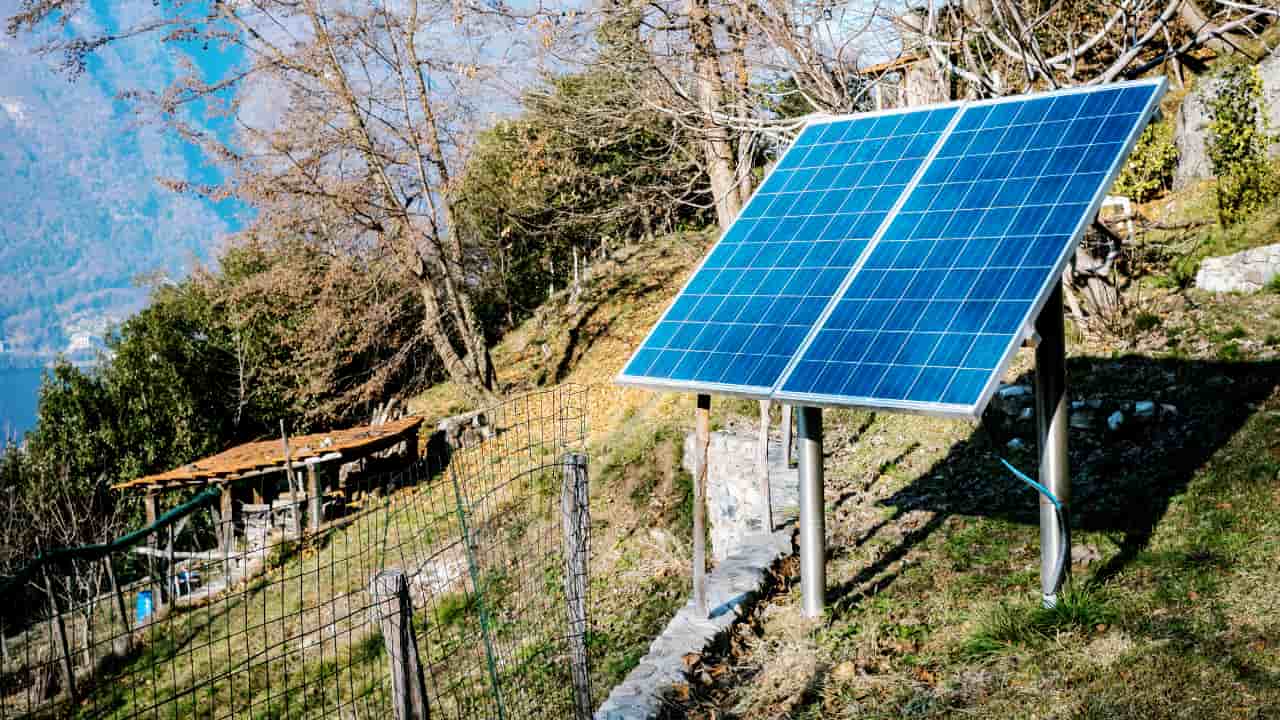
I work on the basis that the over a number of years of service, the solar panel will produce around 80%, on average, of the stated maximum, under ideal conditions, so factor this into your final calculations. However, to keep things simple for the moment, we’ll work off the stated maximum outputs of the panel.
A 50-watt solar panel, operating at 100% efficiency could generate 50 watt-hours in 1 hour of full sun, 100 watt-hours in 2 hours of sun, and so on. Therefore, in 2 hours of full sun, you’d cover all the fans listed above in terms of their daily power requirement (the electricity would of course be stored in a battery for use throughout the day and night, but more on batteries later…)
So what about winter, or overcast days in summer? How do you factor this in when it’s impossible to know what the weather is going to be like? Well, you have to use ‘rules of thumb’ together with some good old guesswork!
The rule of thumb I generally use is an assumption you’ll have on average, one hour of full sun per day (of course, some days there will be negligible sun and on others there will be more, but we’re working on averages over several days, not specific conditions day to day).
In addition, not all of the power generated at the panel will actually get into the battery – there are inefficiencies in the panel, wiring and the charge controller which mean that some power will be lost along the way. It’s hard to say how much, but I assume that about 90% of the power generated by the panel will actually make it into the battery.
So, for year-round use, here’s the minimum recommended panel sizes for our popular products. I’ve rounded things up to compensate for the above mentioned losses:
As I’ve mentioned already, solar panels work best when pointing directly at the sun and with no shade falling on them (even the shade from a telegraph wire can have an impact). Don’t install a solar panel in a position that gets a lot of shade (unless you choose a bigger panel to compensate), and try to consider how shadows and light will change throughout the seasons.
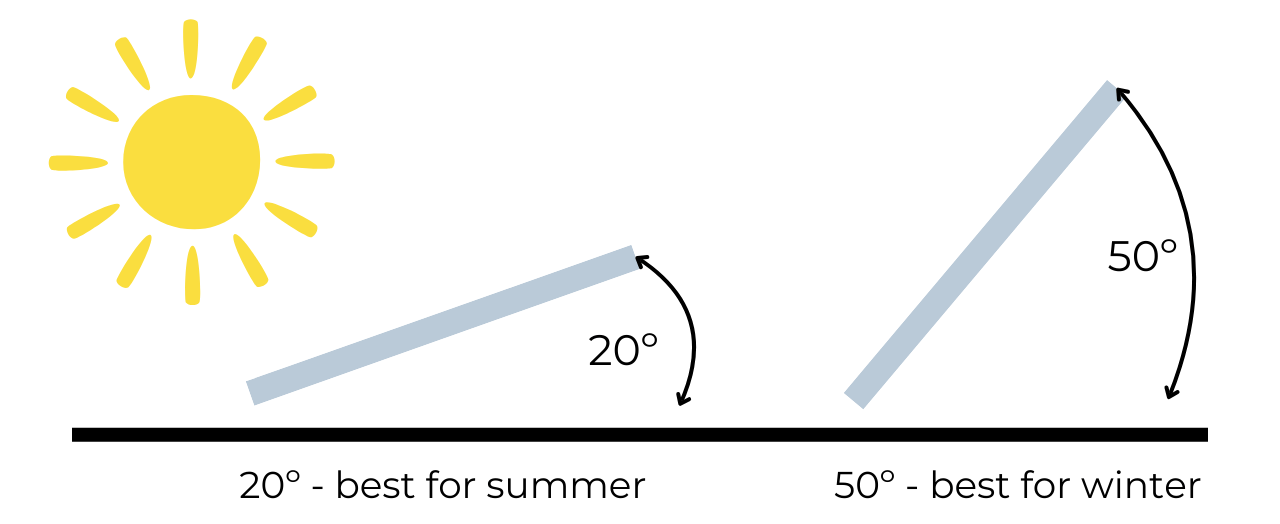
You may not have a lot of choice about the angle of your solar panel, but try to ensure the it’s somewhere between 20-50º (20° in ideal for the summer and 50° for the winter).
Face your solar panel south where possible, failing that west and failing that east.
You can purchase mounting kits that enable you to change the angle of the panel in different seasons – this will help to maximise power generation through the year, but if you can only have one position, and are running throughout the year, stick with the ideal winter angle of around 50º.
Don’t forget to think about the length of cable to connect your solar panel to the charge controller (more on those below). Long cables can cause some power to be lost – you can compensate to some extent by having thicker cables, but ideally, the cable run should be under 10 metres.
Make a note in your diary to regularly clean your solar panel. Bird droppings, dust and dirt can settle and reduce the power output. Consider the accessibility of the panel to enable maintenance and things like snow clearance in winter.
So now you know the solar panel size, let’s talk batteries and storing that power for use on days and times when the sun isn’t shining!
After the solar panel, the other significant component in a small solar system is the battery. This takes the electricity generated by the solar panel (via the charge controller – see below) and stores it ready for use when needed – for example at night or during the day when the sun isn’t shining and the solar panel isn’t producing enough electricity.
Because the battery is quite expensive to replace, it’s important to look after it well, and the best way to do that is to use a little of their capacity every day, rather than go from full to empty before recharging. In other words, it’s better to size your battery so that you only have to draw down around 10% or so of its capacity overnight than say 50%, which will give you very little leeway for bad weather the following day.
Batteries are generally sold by their type/chemistry and capacity i.e. how much electricity they can store. Greater battery capacity will give you a bigger ‘buffer’ to cover days of bad weather and poor electricity generation by the solar panel.
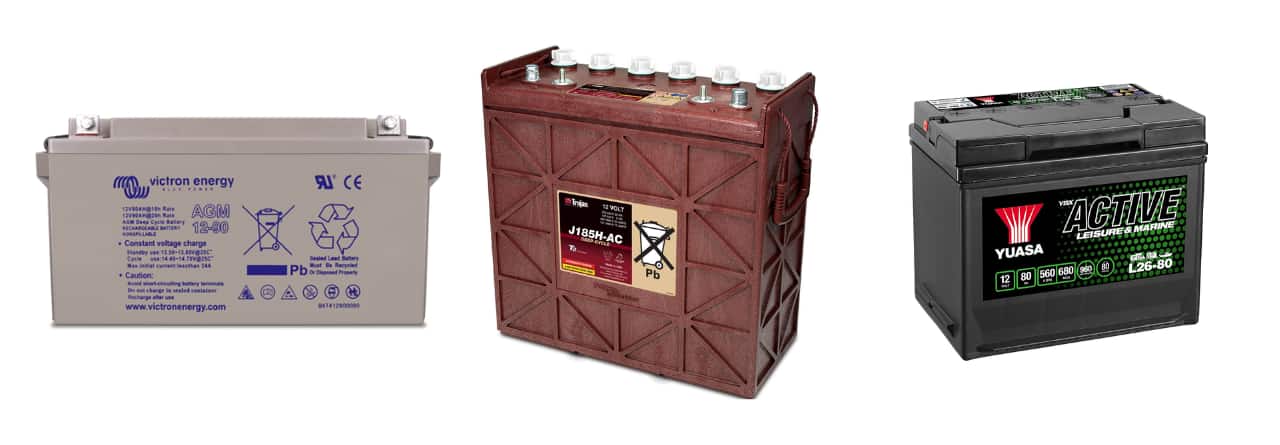
The most common ‘type’ of battery is a lead-acid battery. Under the ‘lead-acid’ umbrella there are several sub-types, such as Flooded, AGM (Absorbed Glass Mat) and Gel. AGM and Gel are popular because they are usually maintenance-free and are safer (no fluids to leak if they get knocked over). Within each sub-type, there are use-types, such as deep-cycle, leisure and automotive.
Looked after well, a Flooded Lead-Acid battery should last 5-6 years, and AGM battery 7-8 years and a Gel battery is 10 years. Proper deep-cycle batteries can last well over 10 years will correct use and maintenance. Many factors will affect the actual battery life, including the way you charge them, the way and amount you discharge them, along with temperature extremes. Always follow the battery manufacturers guides on location, maintenance and care, and don’t buy cheap unknown brands – it’s a false economy,
The best battery for a small-scale solar installation is a ‘deep cycle’ battery – so-called because they are designed to be ‘cycled’ ie have power drained from them and then recharged day in, day out. However, true deep cycle batteries are quite expensive, but fear not, there are more reasonably priced alternatives!
You might come across ‘leisure’ batteries. Often used in boats, caravans and motorhomes, and these are also good for solar installations. Although they are not as long-lasting or durable as ‘deep cycle’ batteries, they are more affordable. Leisure batteries are a half-way house between a deep cycle and a car battery.
Car batteries are not ideal for use in small solar installations. They are made slightly differently to leisure batteries and are designed for short, high discharge burst (the starter motor on a car) and to then be topped up with electricity back to 100%.
More recently, lithium batteries have become more readily available. They are much more expensive than lead-acid variants, they may also need a special charge controller (they are much more sensitive to charging voltages and temperature), and they are not as recyclable as other battery technologies. However, Lithium batteries do perform better in terms of being ‘happier’ to be fully discharged, unlike lead-acid batteries, but at current prices (2024), the benefits do not outweigh the initial costs for simple installations such as the one we are describing here.
So overall, I would recommend a leisure battery as the most cost effective battery option for your compost toilet fan.
Although we measure solar panels in watts, batteries usually have capacities rated in amps or amp hours.
Amps can be thought of as the volume or quantity of electric power. The flow of amps is called the current, as in the flow of a river, however unlike a river, the speed of the current is fixed – only the volume varies.
To calculate the ‘volume’ or Amps of electricity required to run our example 12v fan, there’s a simple calculation you can apply – sorry if this gets too technical, but stick with me – we’ve actually done all the sums for you!
Amps = Watts / Volts
So as an example, using the fan in the Separett Villa, the Amps would be calculated by taking the number of watts and dividing it by the voltage (which we know is 12 volts): So we get 2.5 (watts) / 12 (volts) which is around 0.21 Amps.
Every battery has a stated capacity, and in this example, lets say ours states it is 100 Ah (Amp-hours).
Assuming it’s fully charged and in perfect condition, it could theoretically supply 1 Amp for 100 hours, or 100 Amps for 1 hour (or anything in between those amounts). In reality, you never run a lead-acid battery completely flat as it will fail very quickly. I’d suggest that no more than 50% of the battery be discharged, which gives around 50 Ah of useable electricity from a 100 Ah battery.
Remember we calculated that the 2.5-watt fan consumes 0.21 Amps? Working on 50 Ah realistic availability from the battery, we take that capacity in Ah and divide it by the consumption ie 50 / 0.21 and we get 238, which is the number of hours the battery could run the fan, assuming no charge was coming in.
If you divide 238 by 24 (number of hours in a day), you get 9.9 days – let’s call that 10 days worth of power. So a fully charged, 100Ah battery, in perfect condition, gives you sufficient capacity to get over nearly ten days without any sun, on the basis that sooner or later, there will be some light falling on the solar panel and the battery will start recharging once more.
You still with me, or did I loose you in the sums? Sorry!
To help you, let’s look again at our product list and put the number of hours a 100Ah battery could run that fan for, assuming a) the battery is fully charged and in perfect condition, and b) we aim to run the battery to no less than 50% of it’s capacity:
The last part to consider is the ‘charge controller’. It sits between the solar panel and the battery and regulates the amount of charge/electricity is going into the battery, and when the battery is full, it reduces to a trickle.
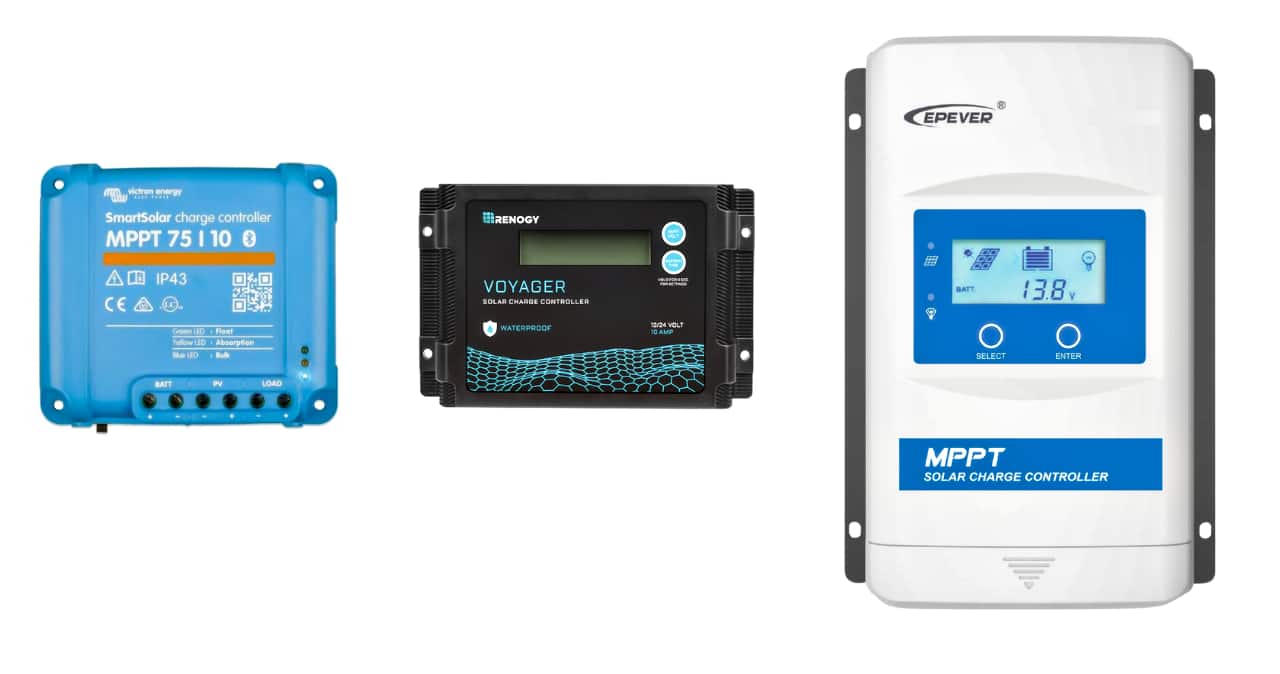
If you were to continue to try to aggressively charge an already full battery, you’d over charge it and potentially damage it, especially if you had a large solar panel working on a sunny day.
Many charge controllers also act a wiring block to connect the panel, battery and the load (in our case, the fan on the toilet) together in one convenient place. It will also monitor the battery charge levels, often giving you a visual indication of the State of Charge and shut the system down if the battery drains too much (preventing damage to the battery).
Charge controllers are rated according to the maximum power they can handle – this is determined by the size of your solar panel(s). They typically come in 10A, 20A, 30A and 40A models – make sure you get the right one for your setup and consider how future proof it is (will it charge Lithium batteries etc).
You might also see MPPT and PWM charge controllers (the latter is less expensive). MPPT does provide better performance, but arguably the additional cost might not be worth the benefits – many people argue getting a bigger solar panel is a better investment. As with all other components, don’t just buy the cheapest – the charge controller has a crucial role to play in keeping your battery in tip top condition, so stick with known brands.
Wiring is something that people tend not to think about on 12-volt systems, but choosing the right wiring to run from the charge controller to your toilet fan or other devices is important. If it’s too thin, you may get power loss and potentially overheating, and the last you want is to throw away your precious power or start a fire!
I typically use 2.5mm diameter cable from the charge controller to the fan, which is fine for short to medium cable runs on low power devices. 2.5mm cable is usually OK for around 10 Amps of power which gives you plenty of leeway as our toilet fans are drawing less than 0.5 Amp.
For longer cable runs, or if you introduce other electrical items such as USB chargers, you may need to consider thicker cables – seek advice from specialists if needed.
You should also have a suitable fuse in the cable from the charge controller to your fan – this will protect the system in the event of a short circuit.
Finally, the cables from the charge controller to the battery will need to be suitably sized. For example, if your charge controller is rated at 20 Amps, the cable to the battery will need to handle this at the very least. Your solar supplier should be able to provide the appropriate cables, sometimes with the ring connectors pre-attached.
This is just a basic introduction – there’s a whole lot more to solar power. All the information is my own opinion, so don’t take it literally as concrete advice!
Solar systems are not too complicated provided you understand some of the basics. You can always add more solar panels or more/bigger batteries later on, but it’s best to get it right from day one if you can. So if the numbers and calculations confuse you, don’t fret, get advice from companies that specialise in small-scale solar systems!
Some companies will offer advice, either over the phone, via online chat or email, and they can help you make sure you size the system according to your needs.
Many companies also offer a complete package of solar panel, mounting hardware, charge controllers and some of the wiring. We’ve listed a few of our favourites below, but unless you know what you are doing, avoid just buying the cheapest – make sure your supplier can help with technical queries.
https://www.bimblesolar.com/
https://www.photonicuniverse.com/
https://www.sunstore.co.uk/

Kazuba have announced a series of upgrades and new options for their highly successful range of semi-public off-grid, waterless toilets, that are serving thousands of
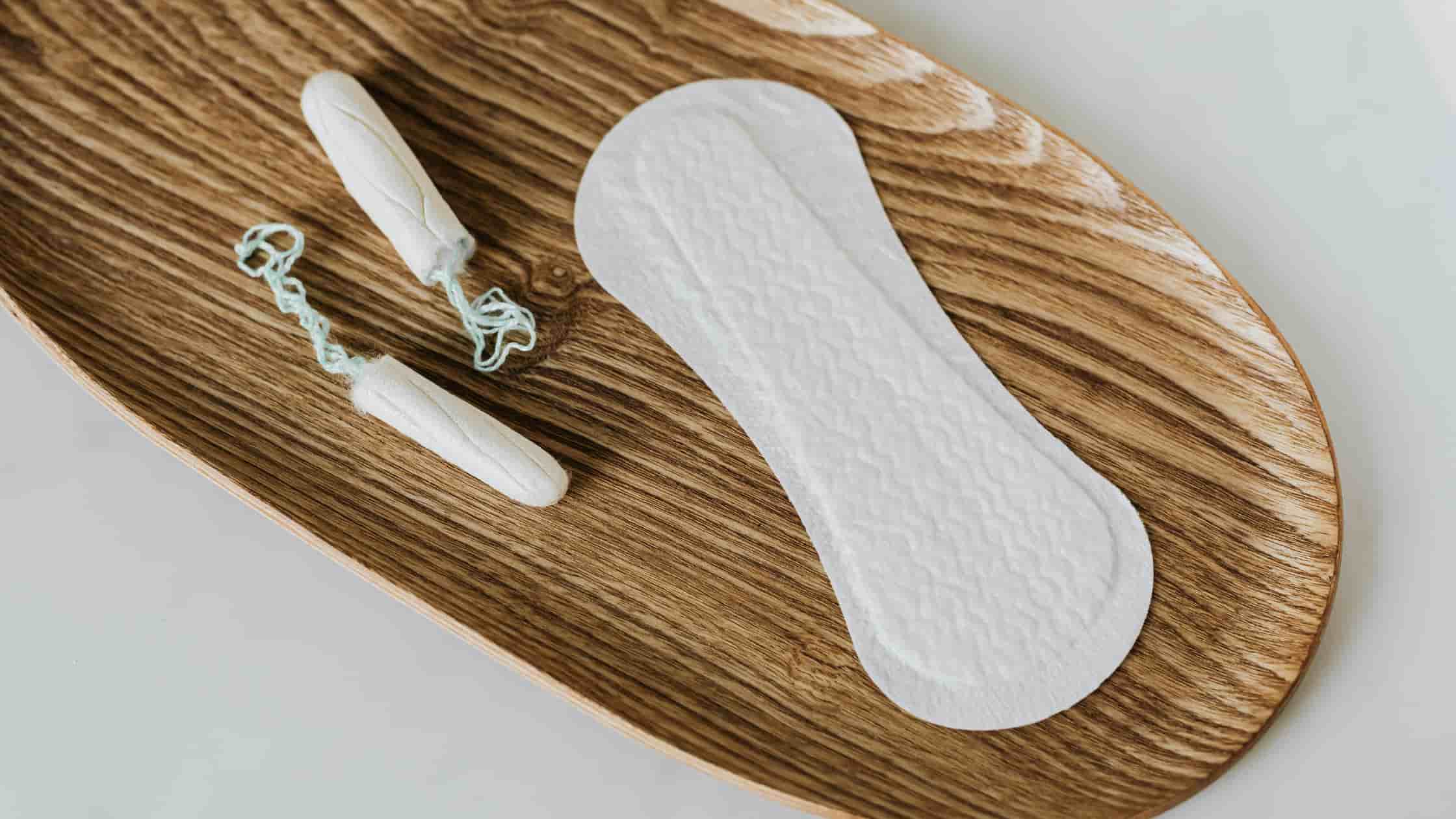
When it comes to compost, composting and waterless toilets, there are some questions that very few people feel comfortable asking, but everyone wants to know
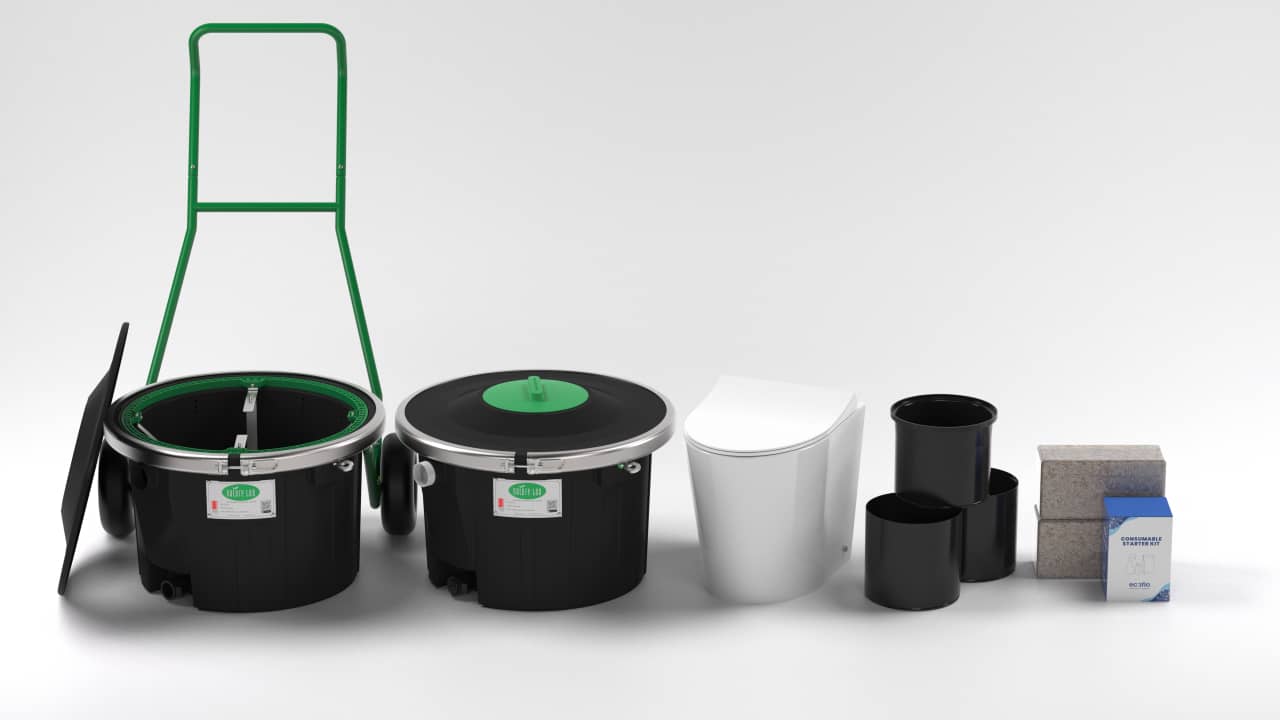
If you keep an eye on our website, you might have noticed a new product slip in recently – the Alectura Premium by Nature Loo.
Not sure which toilet is right for you, need a quote or want to know a little more information?
Help us advise you by telling us a little about your situation - or even better, give us a call to discuss options!
Alternatively, you can write us an email at:
or give us a call on:
Sign up to our newsletter to receive WooWoo news and offers
Like us on Facebook
Suppliers














